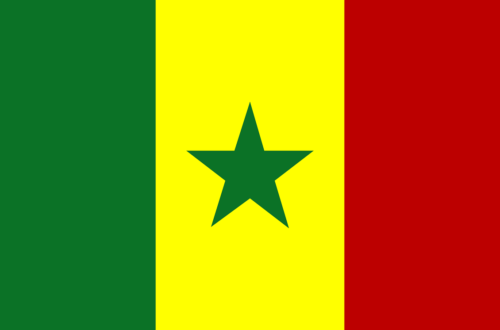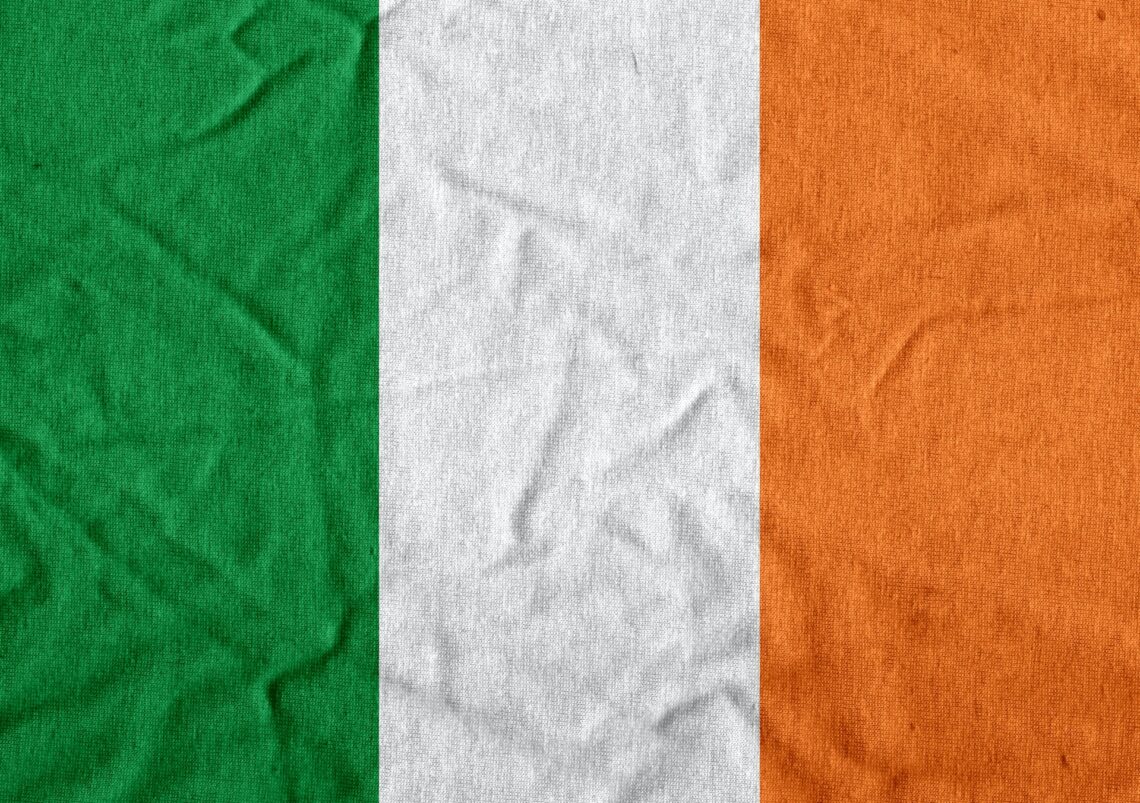
The Best 77 Facts About Ireland: Explore The Emerald Isle!
Facts About Ireland
When people think of Ireland, their minds often conjure images of rolling green hills, cheerful pubs, and the sound of traditional music echoing through narrow village streets. However, the real facts about Ireland go far beyond stereotypes. Thus this island nation, deeply rooted in myth and history, offers layers of complexity, from its ancient ruins to modern political transitions.
Moreover, Ireland has long stood as a symbol of resilience, culture, and captivating natural beauty. With a fascinating blend of Celtic traditions, colonial history, and world-renowned literature, the country continues to enchant visitors and scholars alike.
An Island of Contrasts: Geography and Identity
What Makes Ireland an Island Nation?
The island of Ireland lies in the North Atlantic Ocean, separated from Great Britain by the Irish Sea. It’s divided into two parts: the Republic of Ireland, which is an independent country, and Northern Ireland, which remains part of the United Kingdom.
- Largest island: Ireland is the third-largest island in Europe.
- Major coastlines: Ireland’s western edge is home to the Wild Atlantic Way, one of the longest defined coastal routes in the world.
The Emerald Isle and Its Natural Beauty
Because of its lush landscape and rolling green hills, Ireland has earned the nickname the Emerald Isle.
Moreover, its rich natural beauty has been shaped by the movement of giant sheets of ice during the Ice Age, forming majestic cliffs, valleys, and peaks.
- The Cliffs of Moher soar above the Atlantic, offering panoramic views.
- The MacGillycuddy’s Reeks mountain range is the tallest in Ireland.
- The Wicklow Mountains are home to ancient monasteries and untouched wilderness.
Ancient Roots and Historical Milestones
Stone Tools and the Ice Age
Archaeological findings suggest that stone tools used by early humans date back to around 10,000 years ago. In fact these tools mark the beginning of Ireland’s long human history, which has been influenced by several major events.
The Arrival of Norman Vikings
Eventually, the Norman Vikings arrived in the early 1600s, significantly shaping Irish towns, architecture, and governance. Many of their castles still stand today, including Dunluce Castle and Rock of Cashel.
Cultural Riches: Music, Language, and Sport

Ireland’s National Symbol and Musical Soul
The gaelic harp or irish harp is not only a cherished musical instrument but also the national symbol of Ireland. Indeed it appears on Irish coins, government documents, and the presidential seal.
Furthermore, the love for music is evident in every corner of the country—from folk festivals in County Galway to buskers on the streets of Dublin City.
Language of the People
Irish, also known as the Irish language, is one of the official languages of the Republic of Ireland, alongside English. While most daily communication happens in English, government efforts have revived the native tongue through conservation programs.
A Literary Legacy Like No Other
Remarkably, Ireland has given the world some of its most famous writers, including:
- James Joyce
- William Butler Yeats
- Oscar Wilde
- Samuel Beckett
- Bram Stoker, the author of Dracula
This tradition of storytelling has made Ireland a cornerstone of world literature.
📌 Fact Check : The Guinness Storehouse in Dublin is the most visited tourist attraction in Ireland (source: Failte Ireland Tourism Board).
Symbols, Saints, and Spirits: Beliefs That Shaped a Nation
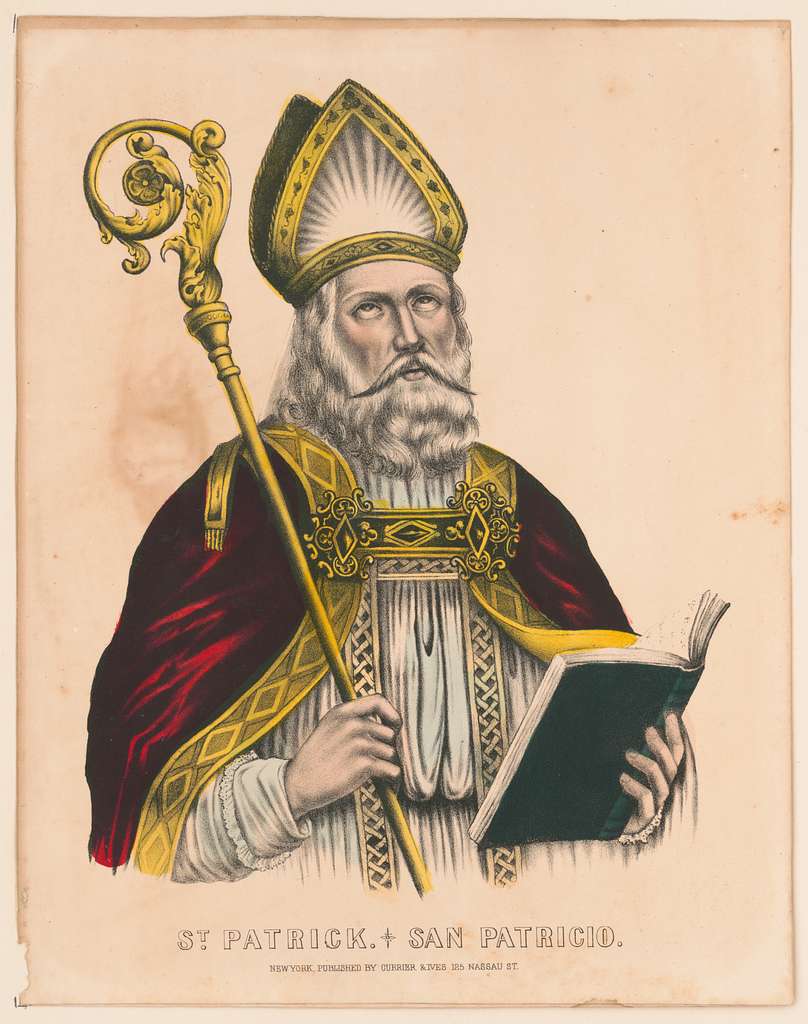
The Patron Saint of Ireland
Undoubtedly, Saint Patrick—or St. Patrick—is one of the most well-known symbols of Irish identity. Celebrated globally every March 17th, he is credited with bringing Christianity to the island and driving out the wild snakes, a tale often interpreted symbolically rather than literally.
Moreover, St. Patrick’s Day celebrations, filled with parades and green attire, reflect the spread of Irish culture through the global Irish diaspora.
Facts About Ireland: Irish Flags and Spiritual Symbols
The Irish flag—a tricolor of green, white, and orange—represents unity between Catholics and Protestants. Spiritual beliefs have also been deeply intertwined with daily life. Historically, traditions like burning herbs to ward off evil spirits were widespread across rural communities.
From Colonialism to Independence
British Laws and the Struggle for Freedom
For centuries, Ireland was subjected to British laws and rule under the British Empire. During this time, severe hardships were endured, most notably the Great Famine of the 1840s. Millions either perished or emigrated during this devastating period.
Consequently, in 1922, the Irish Free State was established, marking a pivotal step toward full independence. While Northern Ireland remained under British control, the Republic of Ireland gradually evolved into a modern, democratic, and independent country.
Exploring the Counties: A Tale of Diversity
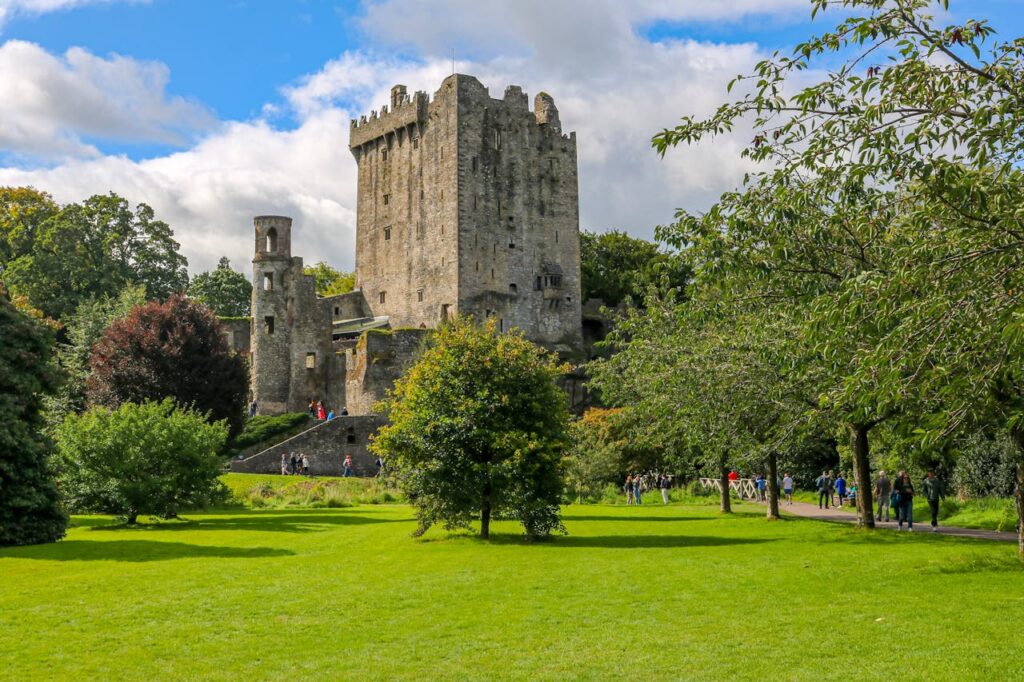
County Cork and County Kerry
Interestingly, County Cork is the largest county in Ireland and a hotspot for culinary traditions, maritime heritage, and history. Its neighbor, County Kerry, is famous for dramatic landscapes and traditional Gaelic roots.
- Blarney Castle: Found in County Cork, this historic site draws visitors who wish to kiss the Blarney Stone for the gift of eloquence.
County Galway and County Wexford
On the west coast, County Galway combines artsy vibes with ancient relics, while County Wexford, located in the southeast, has a strong Viking past and coastal charm.
Natural Wonders: Beyond the Green Fields
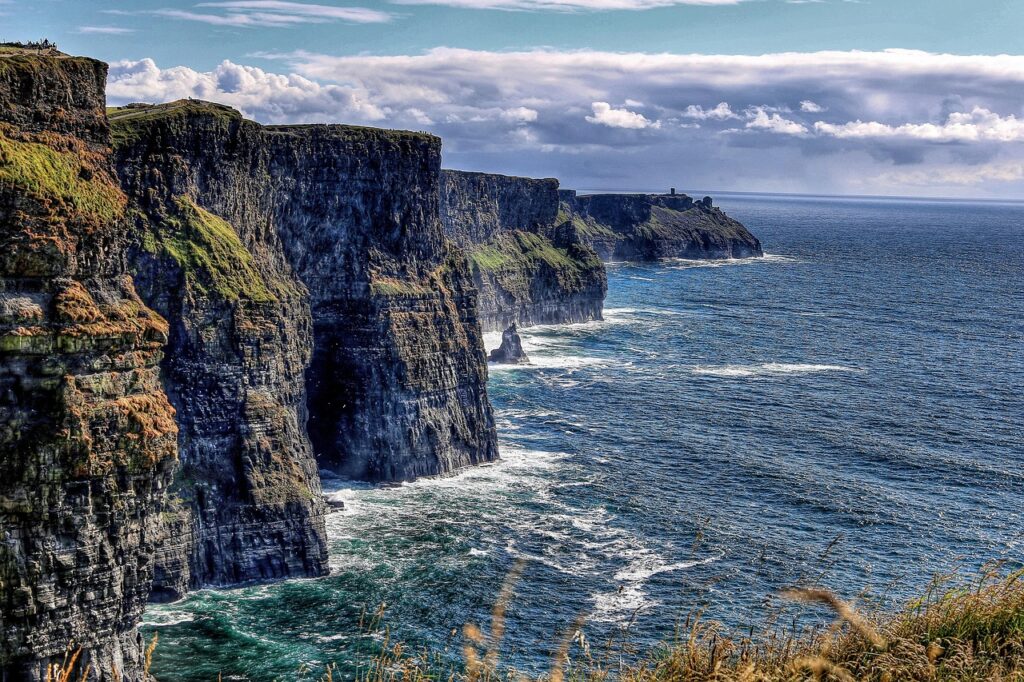
The Cliffs and Caves
Among the most breathtaking facts about Ireland are its geological wonders.
- The Cliffs of Moher stretch for over 14 km and reach heights of 214 meters.
- Beneath the surface, ancient limestone cave systems hide secret passageways used by smugglers and monks.
Inishowen Peninsula and Northern Lights
Up north, the Inishowen Peninsula in County Donegal provides one of the few spots in Ireland where the Northern Lights may be seen under the right conditions.
Legends, Literature, and Dracula
Gothic and Modern Influence
In addition to myths and folklore, Ireland’s influence on gothic literature is undeniable. Bram Stoker, a Dubliner, created the iconic Count Dracula, inspired by Irish superstition and storytelling traditions.
Furthermore, the literary legacy continues with global recognition of works by Samuel Beckett, James Joyce, and William Butler Yeats, each rooted in themes of identity, conflict, and memory.
Modern Ireland: Sports, Music, and Transformation
Gaelic Football and Croke Park
In Irish sport, gaelic football stands as a national favorite. Held at Croke Park, one of Europe’s largest stadiums, matches blend soccer and rugby into a high-energy cultural spectacle.
Facts About Ireland: Eurovision and Musical Icons
Besides sports, Ireland’s music scene remains globally influential. Having won the Eurovision Song Contest a record seven times, it showcases both modern pop and traditional tunes.
Landmarks That Tell Stories
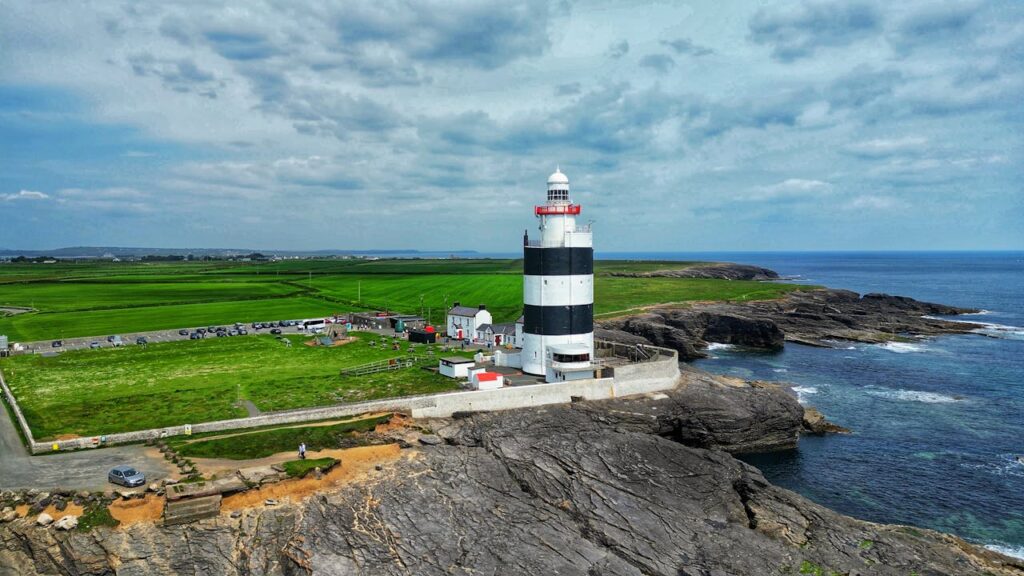
Phoenix Park and Dublin Castle
Among the many interesting facts about Ireland is that Phoenix Park in Dublin City is one of the largest enclosed urban parks in Europe. Within its boundaries lies the official residence of the Irish president, wild deer, and wide expanses of lush greenery.
Meanwhile, Dublin Castle, once a symbol of British dominance, now serves as a ceremonial and governmental building. Its transition mirrors Ireland’s own journey from colonization to sovereignty.
Hook Lighthouse: A Beacon Through Time
Considered one of the oldest operational lighthouses in the world, Hook Lighthouse in County Wexford has stood watch over the Celtic Sea for more than 800 years.
Therefore, it represents more than safety for seafarers—it symbolizes Ireland’s endurance across centuries of change.
Striking Symbols and National Identity
Ireland’s National Symbol: More Than a Harp
It may surprise some that the irish harp, often called the gaelic harp, is one of the few instruments to hold official status as a national emblem. As such, it features on the Irish passport, coins, and the seal of the Irish president.
In contrast, most nations adopt animals or plants. Ireland’s choice reflects its deep connection to music, storytelling, and tradition.
The Longest Place Name in Ireland
One particularly quirky Ireland fact involves the longest place name: “Muckanaghederdauhaulia,” a small townland in County Galway. While it may be a tongue-twister, it’s a beloved trivia gem for both locals and visitors.
A Great Place for Cinema and Fantasy
Star Wars and Scenic Filming Locations
Due to its wild, untamed beauty, Ireland’s west coast—especially Skellig Michael—was featured in the Star Wars sequel trilogy. Moreover, dramatic backdrops like the Cliffs of Moher and Dunluce Castle have also appeared in fantasy films and series.
These cinematic features help highlight one of the key facts about Ireland: its landscapes are as dramatic as its history.
Flavors of the Emerald Isle
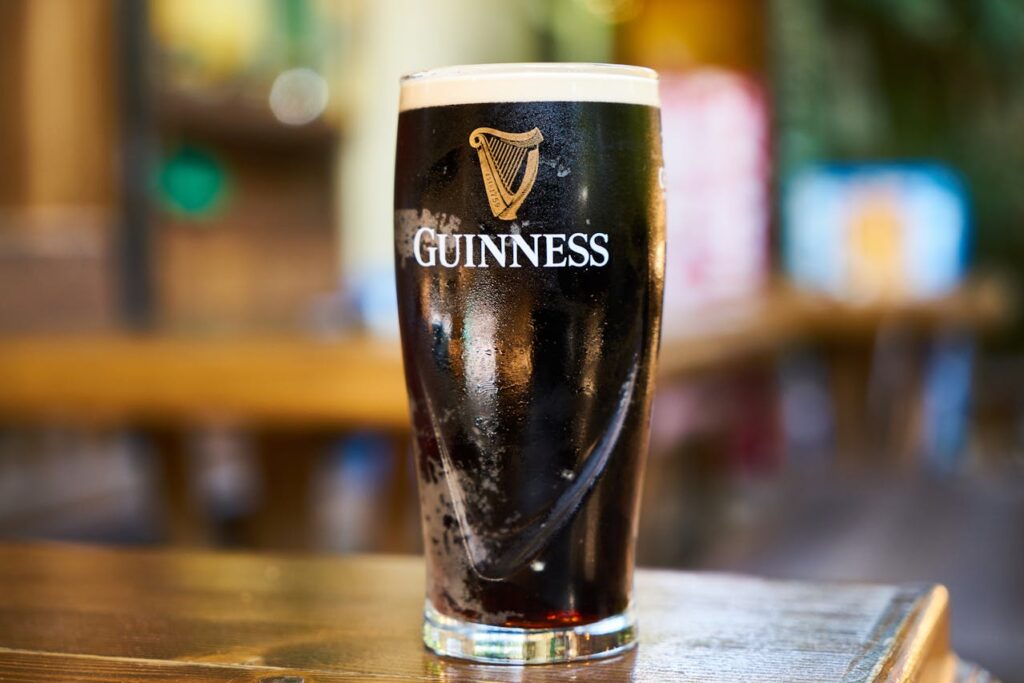
Guinness and Arthur Guinness
Any list of fun facts about Ireland would be incomplete without mentioning famous Guinness beer. Brewed since 1759, it was created by Arthur Guinness, who famously signed a 9,000-year lease for the brewery site in Dublin City.
Additionally, the Guinness Storehouse is now a major attraction, offering tastings and panoramic views of the capital from its Gravity Bar.
Ireland’s Amazing Turnaround
From Recession to Celtic Tiger
Ireland faced major economic struggles in the 1980s and early 1990s. However, due to smart policies and investments in technology and education, the country became known as the Celtic Tiger, experiencing rapid growth in the early 2000s.
Consequently, this amazing turnaround is often cited as a case study in successful economic reform.
Nature, Wildlife, and Conservation
Irish Wildlife and Natural Habitat
Ireland’s rich natural habitat supports a variety of flora and fauna. While large predators like wolves no longer roam, animals such as foxes, badgers, and red deer are commonly found.
Additionally, government conservation programs have helped protect endangered bird species, including the corncrake and curlew.
Could you give this article The Best 17 Facts About Red Fox: Secrets of Vulpes vulpes a read when you can? It’s a comprehensive guide.
Faith, Identity, and the Role of Religion

Roman Catholic Influence
Historically, the majority of the Irish people have identified as Roman Catholic, and the religion has played a significant role in shaping public life, education, and cultural values in the Republic of Ireland. Churches can be found in nearly every town and village, standing as architectural landmarks as well as community hubs.
Despite a gradual shift towards secularism in recent decades, many people of Irish descent continue to maintain a strong connection to their religious roots.
Global Reach: The Irish Diaspora
A Nation Beyond Borders
Due to emigration—especially during the Great Famine—Ireland’s population drastically decreased in the 19th century. As a result, today’s population of Ireland sits at around five million, while more than 70 million people globally claim Irish ancestry.
This vast Irish diaspora spans from the United States to Australia, and their contributions to politics, arts, and business have cemented Ireland’s legacy on the global stage.
Gems of Irish Architecture and Mystery
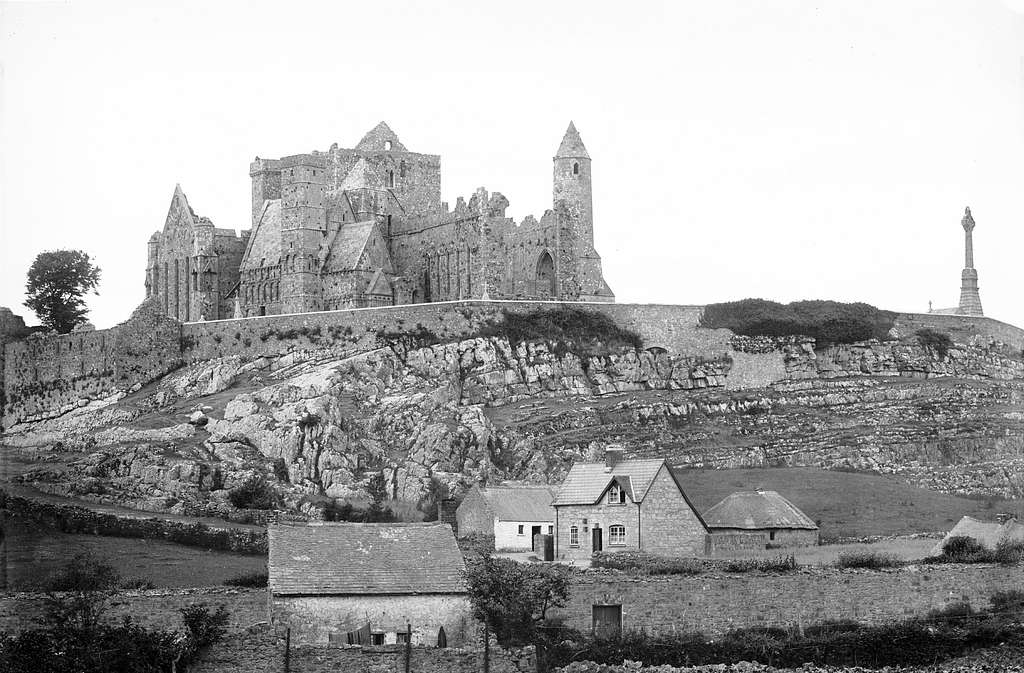
Rock of Cashel and Dunluce Castle
The Rock of Cashel, located in County Tipperary, is one of the most iconic historic sites in Ireland. Once the seat of kings and church leaders, it features a collection of medieval buildings, including a round tower and Gothic cathedral.
Meanwhile, Dunluce Castle, perched precariously on a cliff edge in Northern Ireland, is shrouded in legends. One tale suggests part of the kitchen fell into the sea during a storm—with the cooks still inside.
Politics and Governance in Modern Ireland
Prime Minister and Head of State
Ireland’s prime minister, known as the Taoiseach, serves as the head of government. The head of state is the President of Ireland, a largely ceremonial position with moral authority and symbolic influence.
Moreover, unlike part of the United Kingdom, the Republic of Ireland operates under its own democratic constitution, adopted in 1937.
Historical Footprints and Stone Tools
Relics from the Ice Age
Fossils and stone tools found in various archaeological sites indicate that human activity in Ireland dates back more than 10,000 years. These discoveries, often embedded in glacial debris, are further proof of the movement of these giant sheets of ice that shaped the Irish landscape.
These findings enrich our understanding of the island of Ireland and its earliest inhabitants.
Facts About Ireland: Frequently Asked Questions (FAQs)
What are some fun facts about Ireland?
Ireland is home to the oldest lighthouse still in operation—Hook Lighthouse. It also has more sheep than people in some counties.
Is Ireland part of the United Kingdom?
Only Northern Ireland is part of the UK. The rest of the island, known as the Republic of Ireland, is a sovereign state.
Why is Ireland called the Emerald Isle?
Due to its abundant green landscapes and frequent rainfall, Ireland has earned the nickname Emerald Isle.
What is the national symbol of Ireland?
The gaelic harp is the national symbol of Ireland, representing its deep musical heritage.
What is Gaelic football?
Gaelic football is a traditional Irish sport that combines elements of soccer and rugby, widely played across the country.
Who are some famous Irish writers?
Renowned authors from Ireland include James Joyce, Oscar Wilde, Bram Stoker, and William Butler Yeats.
A Lasting Legacy in Art, Myth, and Nature

Folklore and Irish Pirates
From tales of Irish pirates like Grace O’Malley to mythical creatures such as leprechauns and banshees, Irish folklore continues to inspire books, films, and festivals. These legends, often rooted in real events, reveal the imaginative and rebellious spirit of the Irish people.
Moreover, storytelling has been passed down through generations in both the Irish language and English, forming a critical part of irish culture.
The Oldest Pub and a Toast to Tradition
One of the most interesting facts about Ireland is that it may be home to the oldest pub in the world—Sean’s Bar in Athlone, which claims origins dating back to 900 AD. Such establishments are more than places to drink; they are cultural centers, full of music, conversation, and history.
Irish pubs, whether found in Dublin City or across the Irish diaspora, often feature traditional instruments like the musical instrument bodhrán, a frame drum essential to folk music.
I’d really appreciate it if you could read this article Interesting Facts About Alcohol (The Best 57) when you have a moment. It’s related to what we’ve been discussing.
Ireland Fast Facts
- Capital: Dublin
- Population: Approx. 5 million
- Official Languages: Irish and English
- Currency: Euro (€)
- Famous Landmark: Cliffs of Moher
- Unique Geography: Shares a landmass with Northern Ireland, yet remains an independent country
- Cultural Exports: Guinness, literature, folk music, and Gaelic football
Ireland Today: A Fusion of Old and New
Balancing Innovation and Tradition
While the Republic of Ireland has transformed into a tech and economic hub in recent years, it remains grounded in traditions that go back millennia. The presence of Trinity College, home to the famous Book of Kells, represents this blend of innovation and heritage.
Furthermore, initiatives to preserve natural reserves, promote government conservation programs, and fund arts and language revival ensure that modern Ireland stays connected to its cultural roots.
Facts About Ireland Conclusion: Why Ireland Captivates the World

In the end, the many facts about Ireland reveal a country of extraordinary depth. From its mythical past and political struggles to its literary brilliance and stunning landscapes, the island of Ireland offers something for every curious traveler or heritage seeker.
Therefore, whether it’s exploring Phoenix Park, admiring the Wicklow Mountains, learning about the great famine, or sipping a pint in a 13th-century pub, Ireland tells its story not only through landmarks and people—but through the very soil underfoot.
For those eager to learn, discover, and connect, this beautiful country stands ready to share its secrets—one legend, one song, one heartfelt welcome at a time.



